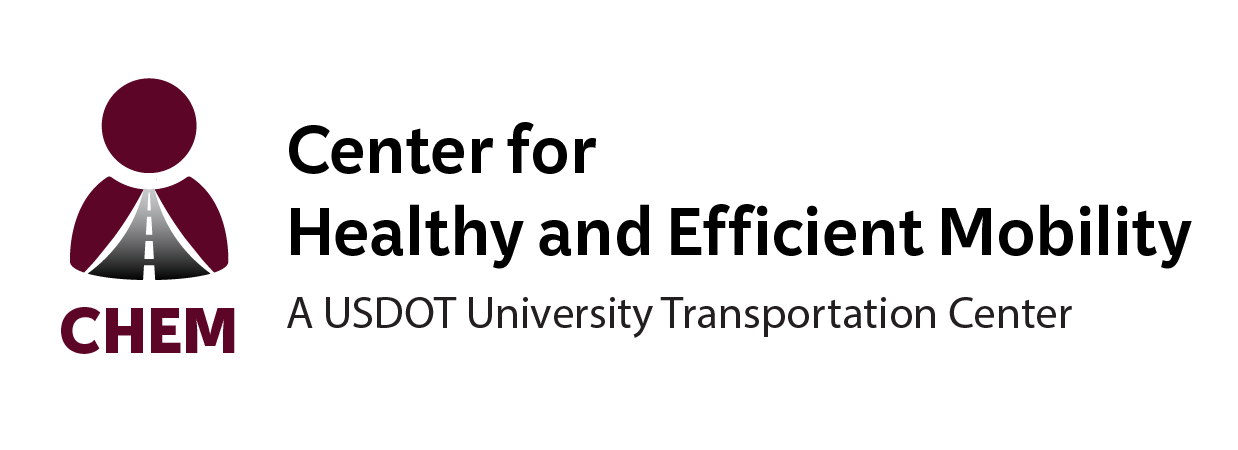Curb and gutter elimination is a form of stormwater management that allows runoff to be redirected to pervious areas where it can be filtered.1,2 Although curbs and gutters can efficiently move excess water into the storm drain system, this design does not allow for pollutant removal or efficient filtration through porous structures. Therefore, future designs should consider replacing curbs and gutters with solutions such as curb cuts and green infrastructure.
Curb cuts are where portions of the curb have been cut out and modified to allow for the passage of water from the street to an inlet before it enters the storm sewer.3 It can be thought of as a water bypass system where excess runoff is collected and directed to more permeable surfaces.
Green infrastructure alternatives to curbs and gutters include swales, bioretention systems, or permeable pavement.4 Grassed or vegetative swales is a common stormwater practice that collects and infiltrates the runoff from roadways.5 Swales are similar to shallow ditches on either side of the roadway and are especially appropriate in low- to medium-density development areas.
How it Helps
Implementing
Traffic or Safety Hazards:
Before curb removal, the surrounding traffic environment should be analyzed to ensure that the curb elimination will not result in any traffic or safety hazards. Curbs may be necessary for traffic control in particular areas and, therefore, other solutions should be considered.8 However, curb cuts and the partial elimination of curbs may result in other safety concerns for various road users.
Maintenance:
Curb alternatives, such as curb cuts and swales, must be continuously maintained and removed of debris to prevent water blockage. Grassed and vegetation swales should be regularly mowed and not treated with fertilized, pesticides, and other chemicals to prevent contamination.
Examples
1) Seattle’s Street Edge Alternatives Project
In 2001, Seattle completed their Street Edge Alternatives Project (SEA Streets) that focused on implementing drainage designs that mimicked the natural landscape. These efforts focused on reducing impervious surfaces, building swales, and adding vegetation. Together, these efforts were able to significantly reduce the volume of stormwater and runoff leaving the street.
https://www.seattle.gov/utilities/neighborhood-projects/street-edge-alternatives
